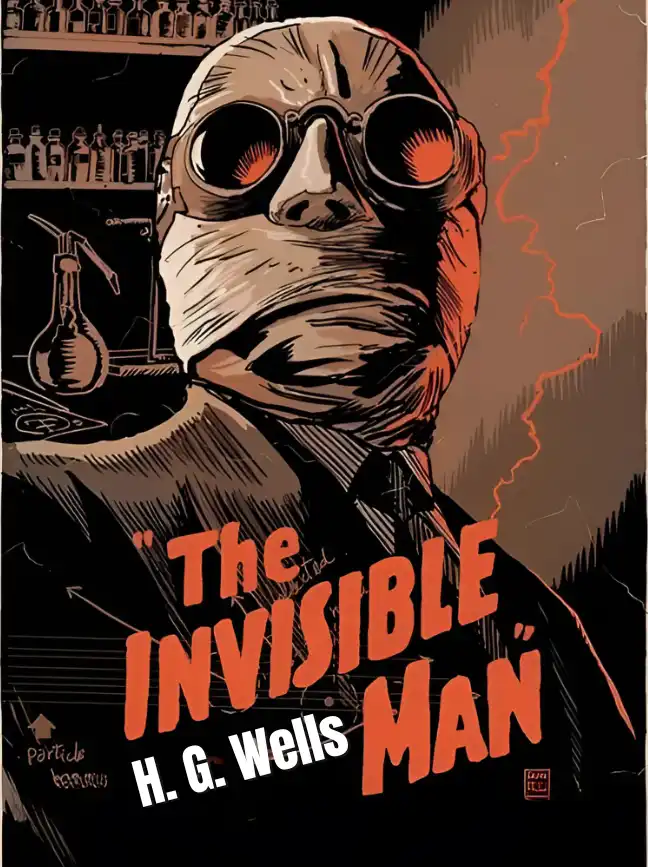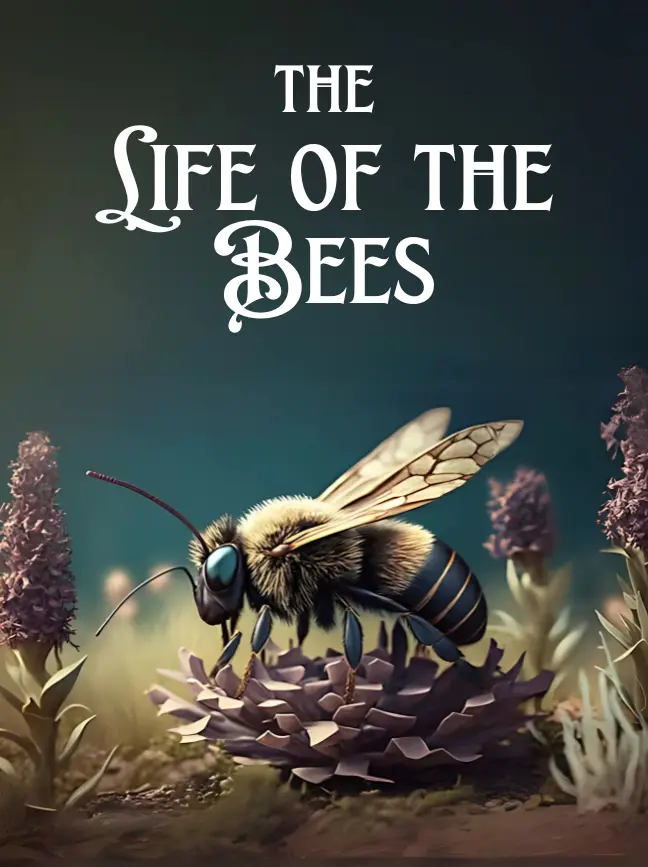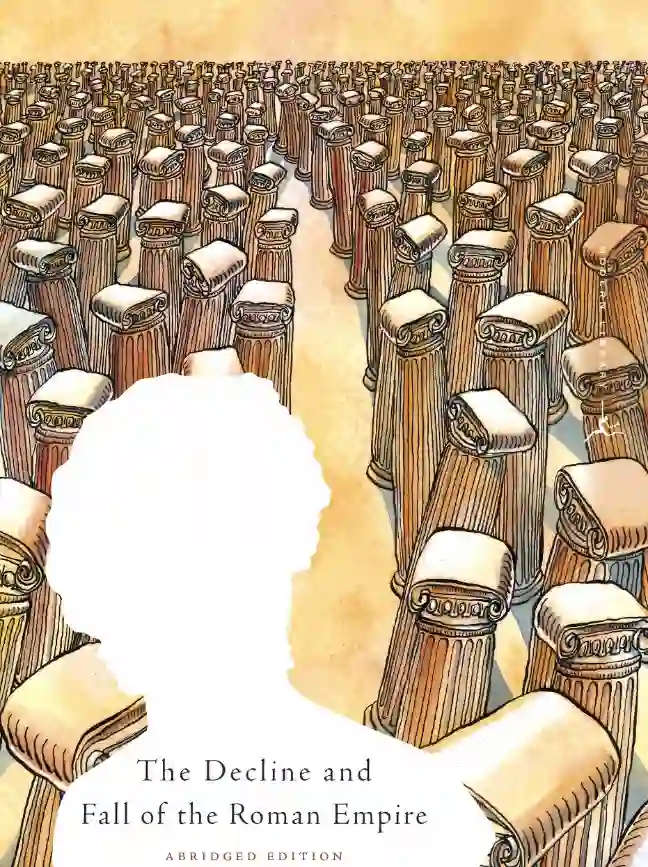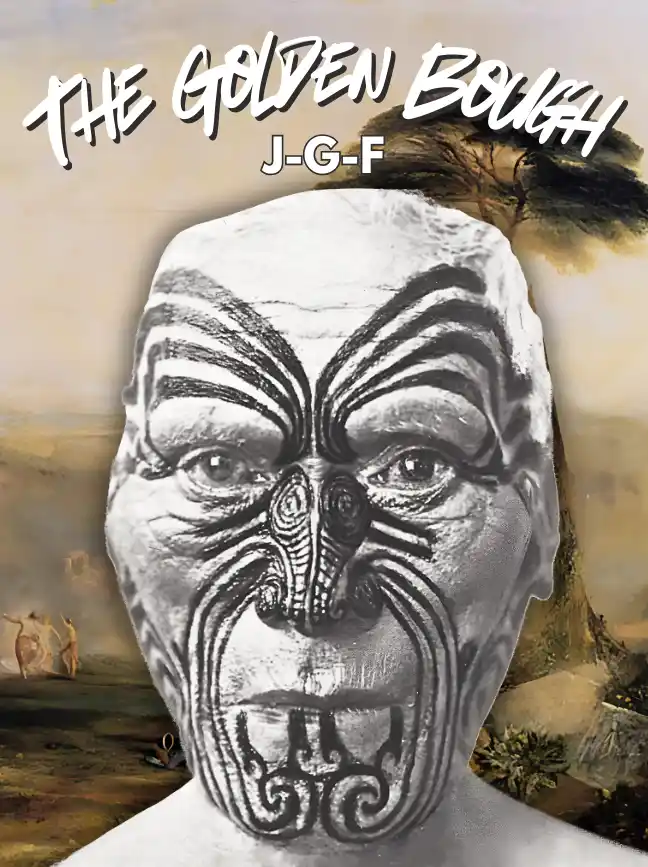The fallen giant had died, of course, but not for a long time. Until then she—Portia and her kin found it difficult to conceive of this thing as anything other than a she—had dwelt in captivity, eating that limited selection of foods that she was willing to consume, staring out through the mist-coloured walls that kept her in, gazing up at the open top of her pen, where the scholars would gather to observe her.
The dead giants were dissected and found to be essentially identical to mice in almost all internal structures, save for a difference of proportion in the limbs and certain organs. Comparative study confirmed their hypothesis that the living giant was probably a female, at least by comparison to its smaller endoskeletal cousins.
The debate on its purpose and meaning—on the lesson that the arrival of such a prodigy was intended to teach—lasted for generations, over the whole span of the creature’s long life and beyond. Its behaviour was strange and complex, but it seemed mute, producing no kind of gesture or vibration that could be considered an attempt at speech. Some noted that when it opened and closed its mouth, a cleverly designed web could catch a curious murmur, the same that might be felt when objects were pounded together. It was a vibration that travelled through the air, rather than across a strand or through the ground. For some time this was hypothesized as a means of communication, provoking much intelligent debate, but in the end the absurdity of such an idea won out. After all, using the same orifice for eating and communication was manifestly too inefficient. The spiders are not deaf, exactly, but their hearing is deeply tied into their sense of touch and vibration. The giant’s utterances, all the frequencies of human speech, are not
even whispers to them.
Anyway, the airborne vibrations grew fewer and fewer during the thing’s captivity, and eventually it ceased to make them. Some suggested this meant the creature had grown content with its captivity.
Two generations after it was taken, when the events surrounding its arrival had already passed into something resembling theology, one attendant noticed that the giant was moving its extremities, the deft sub-legs that it used to manipulate objects, in a manner imitative of palp-signalling, as though it was trying to mimic the basic visual speech of the spiders. There was a renewed flurry of interest, and a great deal of visits from other nests and trading of Understandings to enlighten future generations. Sufficient experimentation suggested that the giant was not simply copying what it saw, but that it could associate meaning with certain symbols, allowing it to request food and water. Attempts to communicate on a more sophisticated level were frustrated by its inability to approximate or comprehend more than a few very simple symbols.
The baffled scholars, drawing on their species’ accumulated years of study, concluded that the giant was a simple creature, probably designed to undertake labour suitable for a thing of its immense size and strength, but no more intelligent than a Paussid beetle or a Spitter, and perhaps less.
Shortly after, the giant died, apparently of some infirmity. Its body was dissected and studied in turn, and compared to the genetically encoded Understandings resulting from examinations of the original dead giants from generations earlier.
Speculation as to its original purpose, and connection with the Messenger, continued, with the most commonly held theory being that the Messenger was served in the sky by a species of such giants, who performed necessary tasks for it. Therefore, in sending down its dumb emissaries so many years
before, some manner of approbation had been intended. The inheritance of Understandings placed something of a curb on the spiders’ ability to mythologize their own history, but already the correlation of their victory over the ants and the arrival of the giants had become firmly accepted as somehow related.
However, by the time this last giant died, the world of Portian theology was already being rocked by another revelation.
There was a second Messenger.
By that time the war with the ants was long over. The Paussid strategy had been successfully prosecuted against colony after colony until the spiders had reduced the insects’ influence back to its original territory, where once an ancient Portia had raided their temple, stolen their idol, and unknowingly brought the word of the Messenger to her own people.
The scholars of Portia’s kind had been keen not to reprogram the ant colony, as they had done with its various limbs and expeditionary forces, because in doing so its unique abilities would be lost, and the spiders were not blind to the advances that the colony’s development had unlocked. So it was that years of complex campaigning had been entered into
—at some considerable cost in lives—until the ant colony was manoeuvred into a position where cooperation with its spider neighbours became the most beneficial course of action, whereupon the ant colony passed, without acrimony or resentment, from an implacable foe to an obliging ally.
The spiders were quick to experiment with the uses of metal and glass. Creatures of keen vision, their studies into light, refraction and optics followed swiftly. They learned to use carefully manufactured glass to extend the reach of their sight to the micro- and macroscopic. The older generation of scholars passed the torch seamlessly to a new generation of scientists, who turned their newly augmented eyes to the night skies and viewed the Messenger in greater detail, and looked
beyond.
At first it was believed that the new message came from the Messenger itself, but the astronomers quickly dispelled that notion. Working with the temple priestesses, they found that there was now another mobile point in the sky that could speak, and that its motion was slower, and curiously irregular.
Slowly, the spiders began to build up a picture of their solar system by reference to their own home, its moon and its Messenger, the sun, and that outer planet which itself possessed an orbiting body that was sending out its own, separate signal.
The one problem with this second message was that it was incomprehensible. Unlike the regular, abstractly beautiful numerical sequences that had become the heart of their religion, the new messenger broadcast only chaos: a shifting, changing, meaningless garble. Priestesses and scientists listened to its patterns, recorded them in their complex notation of knots and nodes, but could draw no meaning from them. Years of fruitless study resulted in a feeling that this new source of signal was some antithesis of the Messenger itself, some almost malevolent source of entropy rather than order. In the absence of more information, all manner of curious intentions were credited to it.
Then, a few years later, the second signal ceased to vary and settled on a single repeated transmission, over and over, and this again led to a mass of speculation across what had by then become a loose-knit global community of priest-scientists. Again and again the signal was parsed for meaning, for surely a message repeated over and over so many times must be important.
There was one curious school of thought that detected some manner of need in the signal, and quaintly fancied that, out there through the unthinkable space between their world and the source of that second message, something lost and desperate was calling for help.
Then the day came when the signal was no more, and the
baffled spiders were left staring blankly up into a heaven suddenly impoverished, but unable to understand why.








